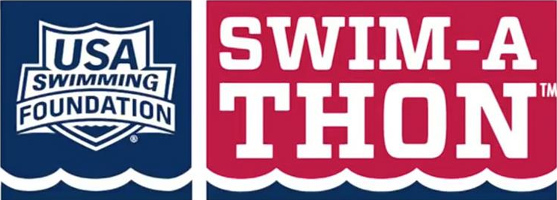YMCA versus USA meets
| YMCA | USA |
| Encompasses the YMCA mentality of “building kids up” Much slower, more laid back pace |
This “league” ultimately funnels into the Olympics Tend to hold the meets to stricter standards, both the time requirements, and tardiness at the blocks. |
| Focus is not on winning or taking first, but simply doing better than that individual did the last time. | Meets are focused goal setting by encouraging the swimmers to improve from meet to meet through various time standards moving up from C, B, A Champ times in each age group |
| Meets are only 1 day, often times held at another YMCA building against 1 or 2 other teams Tend to be smaller meets, with the exception of the sections, state and regional meets Racing pace tends to be less competitive than USA meets |
Generally 2 day meets held at middle and high schools, and occasionally colleges Tend to be larger meets 250 - 1000 swimmer competeing Pace in the meets tend to be faster and more competitive than Y meets |
| Meets are more laid back and often times, if a swimmer isn’t on the block at the start of their race, they wait for that swimmer Because of the relaxed atmosphere…sometimes there is a disorganized feeling Meet dates and details are slow to get to the families |
These meets tend to be much more organized and well planned out. They have certain standards that you can count on from meet to meet even when hosted by different teams. |
| Most meets are free With the exception of the sections, state and regional meets |
Each meet has an entry free and then each event has fee. |
| Never a fee to attend the meet duo and tri team meets State and Section meet has a fee - $25-$30 for both Programs are generally free, state meet programs may be $10 |
There are different fees involved to attend the meet, Mn Swimming fee, a facility fee, a per race fee, sometimes a program fee Programs are generally $10 for a 2 day meet, state meet programs may be $15-20 |
| If meet is at a high school, swimmers generally sit with coach If meet is at a YMCA, team often “crashes” with their families in a racketball court or gym and go to pool deck as their events come close. |
Swimmers generally sit with the coach on the pool deck. |





